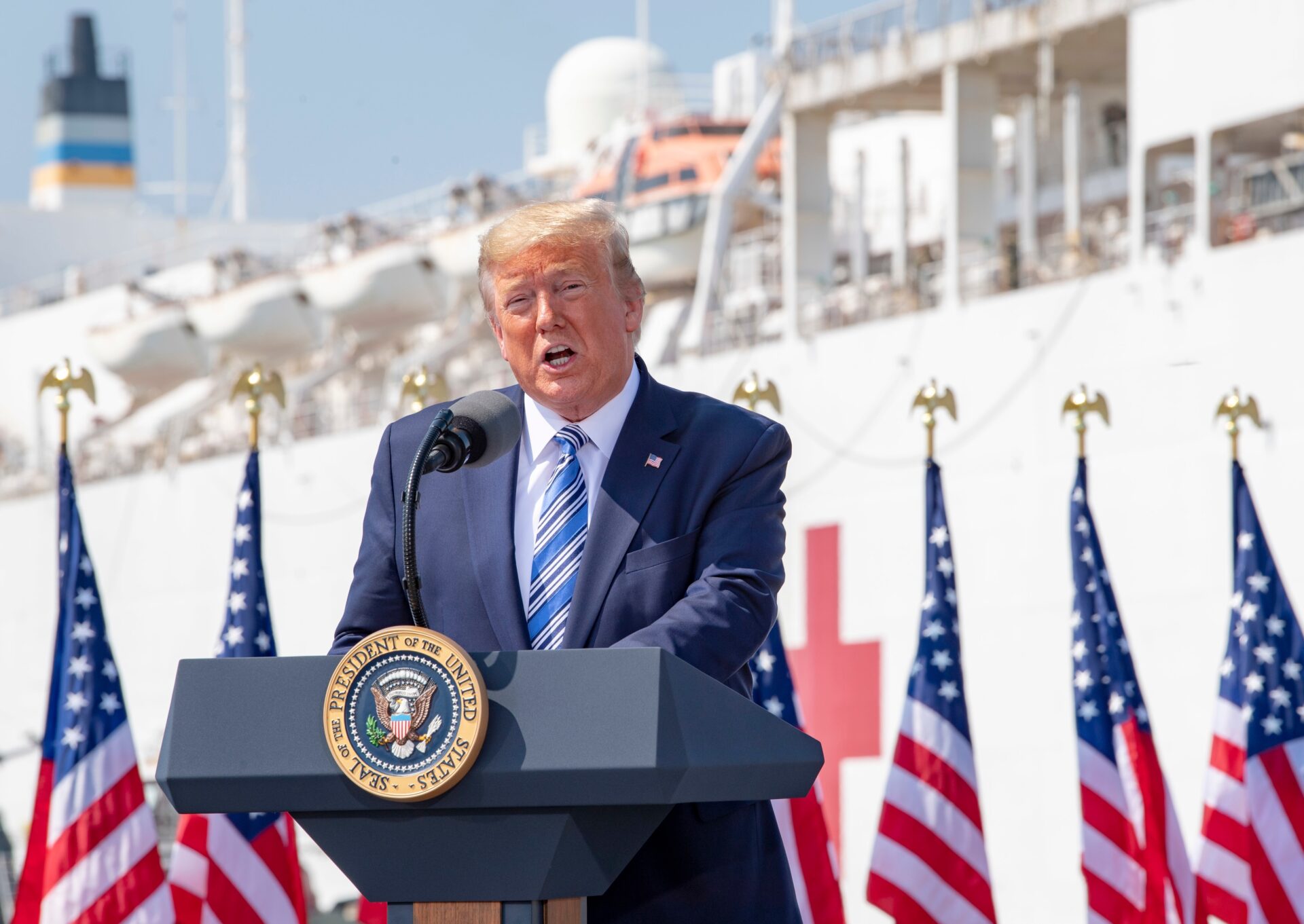
Measles SURGE—Worst in DECADES!
When a single measles case in Iowa forces parents into weeks of unpaid leave, you have to wonder: is this the price of vaccine hesitancy?
At a Glance
- Over 1,300 measles cases reported in the U.S. in 2025, the highest since 2000.
- Outbreaks are linked to low vaccination rates and international travel.
- An Iowa family was forced into a 28-day quarantine due to daycare exposure.
- Vaccine mandates and public health funding are back in national debate.
- Outbreak response in Texas has already cost over $4.5 million.
Measles Outbreak Spreads Across the U.S.
The 2025 measles outbreak has erupted into the worst public health crisis of its kind in a generation, with more than 1,300 reported cases across 39 states. Declared eliminated in the U.S. in 2000, measles is back with a vengeance, fueled by declining vaccination rates and global travel. The outbreak began in Texas and quickly surged outward, bringing hospitalizations and deaths in its wake.
At the heart of the crisis is Gaines County, Texas, where vaccination rates plummeted well below herd immunity thresholds. In such vulnerable communities, the virus can infect up to 90% of unvaccinated individuals exposed, a testament to measles’ notorious airborne resilience—it can linger in the air for up to two hours. Schools, daycare centers, and other shared spaces are now high-risk zones for unvaccinated populations.
Watch a report: Iowa Family’s Measles Exposure: Quarantine Chaos and Real-Life Struggles, CBS News
Impact on Families and Communities
The Martin family of Cedar Rapids, Iowa, found themselves at the mercy of this crisis after their infant was exposed to the virus at daycare. Following CDC guidelines, the family was forced into a 28-day quarantine because their child was too young for vaccination. This period, often unpaid and unprotected by typical employment policies, placed an immense financial and emotional strain on the household. Stories like theirs are becoming all too common in a nation grappling with resurging infectious diseases.
The broader impact on communities is stark. Declining vaccination rates—driven largely by misinformation and vaccine hesitancy—have left pockets of Americans dangerously exposed. Vulnerable groups, particularly infants and the immunocompromised, bear the brunt of this negligence. The CDC continues to advocate for MMR vaccination as the most effective defense against measles, yet hesitancy remains an entrenched barrier.
Public Health Response and Mounting Costs
Healthcare providers and public health officials are scrambling to contain the outbreak through emergency vaccination clinics and immunoglobulin treatments, particularly in heavily impacted regions. But experts caution that these measures are stopgaps. The MMR vaccine remains the gold standard, offering robust and long-term immunity that emergency interventions cannot replicate.
The financial toll is climbing rapidly. Texas alone has spent over $4.5 million to address the outbreak—funds that could have bolstered preventive care and public health infrastructure instead. These spiraling costs illustrate the economic burden of preventable diseases and the consequences of underfunding public health initiatives.
Vaccine Mandates and the Freedom Debate
The resurgence of measles has reignited contentious debates over vaccine mandates. Advocates for stricter requirements argue that without mandated vaccinations, public health and safety are compromised, especially for those who cannot be vaccinated for medical reasons. They point to the growing fiscal strain and human toll as justification for decisive policy action.
Opponents counter that mandates infringe on personal freedoms and bodily autonomy, keeping the debate mired in ideological conflict. Yet the stakes are clear: without comprehensive immunization strategies, the U.S. risks not only further outbreaks but also eroding public trust in healthcare.
As policymakers revisit the balance between individual rights and community health, the 2025 measles outbreak stands as a cautionary tale. The cost of inaction is now measured not just in dollars, but in lives disrupted and, tragically, lives lost.


